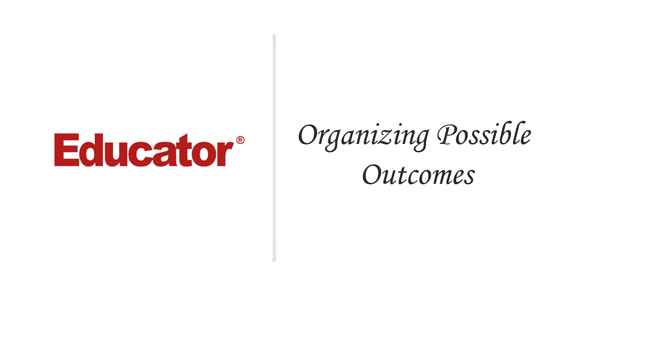Connecting...

This is a quick preview of the lesson. For full access, please Log In or Sign up.
For more information, please see full course syllabus of Basic Math
For more information, please see full course syllabus of Basic Math
Basic Math Organizing Possible Outcomes
Lecture Description
In this lesson our instructor talks about organizing possible outcomes. She discusses compound events and the fundamental counting principle. Four extra example videos round up this lesson.
Bookmark & Share
Embed
Share this knowledge with your friends!
Copy & Paste this embed code into your website’s HTML
Please ensure that your website editor is in text mode when you paste the code.(In Wordpress, the mode button is on the top right corner.)
×
Since this lesson is not free, only the preview will appear on your website.
- - Allow users to view the embedded video in full-size.
Next Lecture
Previous Lecture










































 Answer Engine
Answer Engine



0 answers
Post by Marshall Savage on August 15, 2018
I don't think the solution of the last example is right. Although it didn't say to do so, I made a tree diagram and got six outcomes as the branches for three trials so m is 3 and n is six and the number of possible outcomes is 18.
2 answers
Last reply by: Mr. Pikachu_ Pikapika
Sat Nov 14, 2020 2:29 PM
Post by Rafael Wang on August 29, 2016
you spelled san francisco wrong